I have two objects, and each object has two vectors:
- normal vector
- up vector
Like on this image:

Up vector is perpendicular to normal vector. Now I want to find unique rotation from one object to another, how to do that?
I have one method to find rotation between one vector to another, and it works. The problem is that I need to take care the two vectors: normal vector and up vector. If I use this method to rotate normal vector from object one to normal from object two, the up vector could be pointing wrong way, and they needs to be parallel.
Here is the code for finding the shortest rotation:
GE::Quat GE::Quat::fromTo(const Vector3 &v1, const Vector3 &v2)
{
Vector3 a = Vector3::cross(v1, v2);
Quat q;
float dot = Vector3::dot(v1, v2);
if ( dot >= 1 )
{
q = Quat(0,0,0,1);
}
else if ( dot < -0.999999 )
{
Vector3 axis = Vector3::cross(Vector3(1,0,0),v2);
if (axis.length() == 0) // pick another if colinear
axis = Vector3::cross(Vector3(0,1,0),v2);
axis.normalize();
q = Quat::axisToQuat(axis,180);
}
else
{
float s = sqrt( (1+dot)*2 );
float invs = 1 / s;
Vector3 c = Vector3::cross(v1, v2);
q.x = c.x * invs;
q.y = c.y * invs;
q.z = c.z * invs;
q.w = s * 0.5f;
}
q.normalize();
return q;
}
What should I change/add to this code, to find the correct rotation?